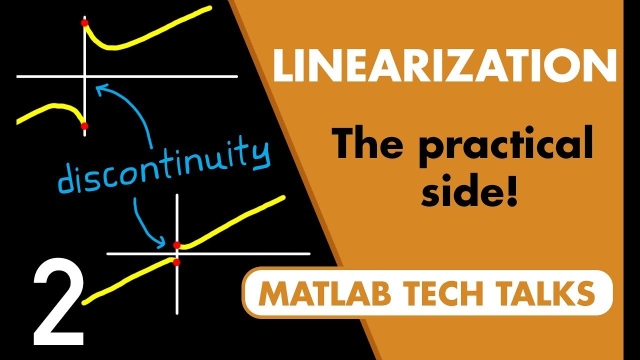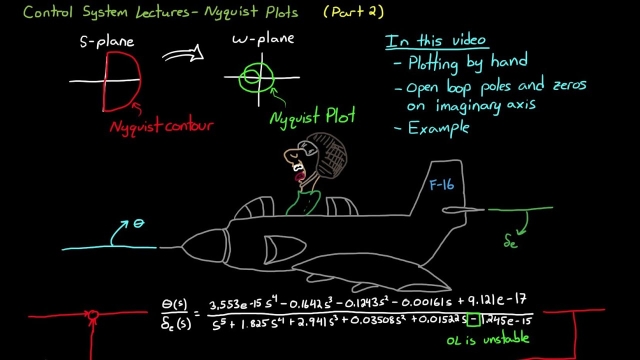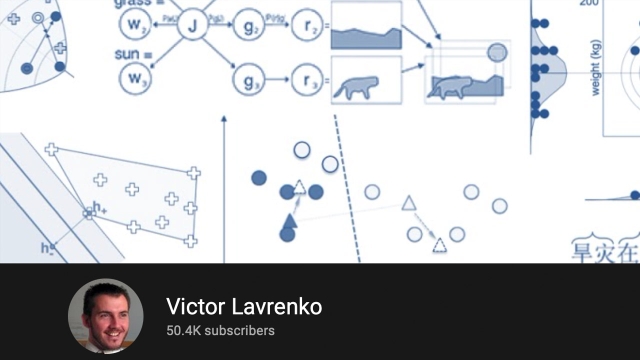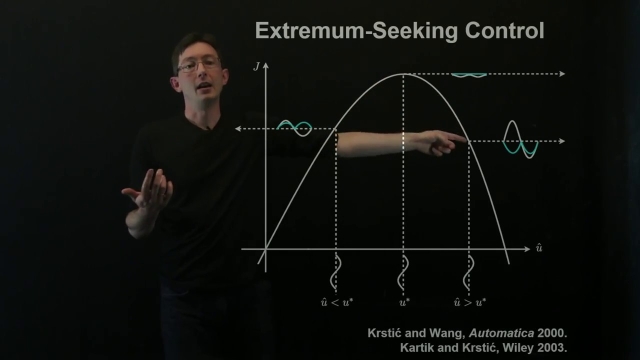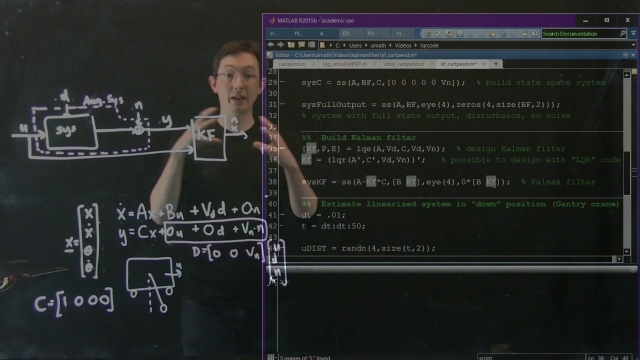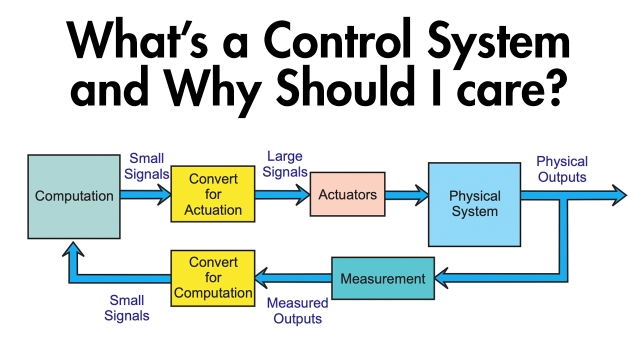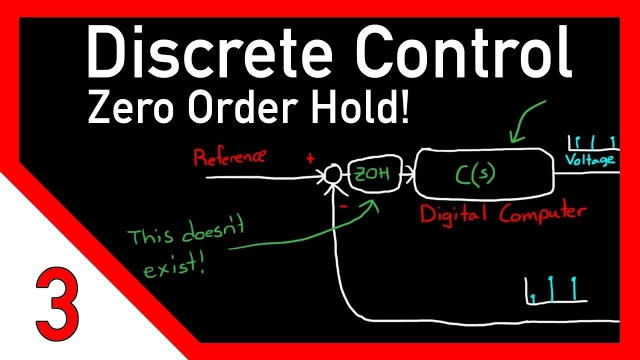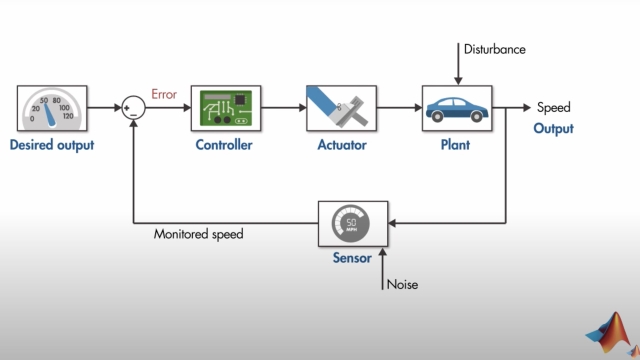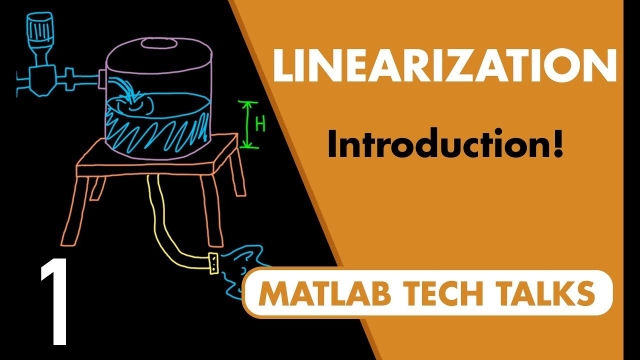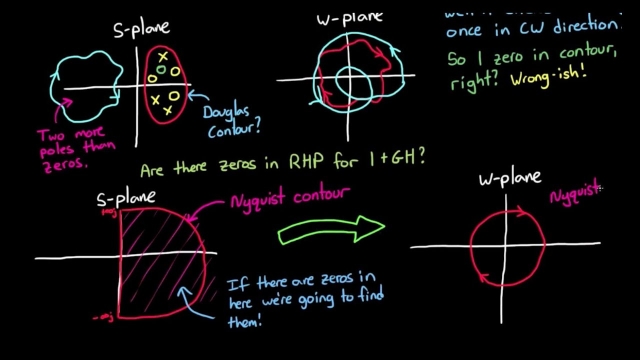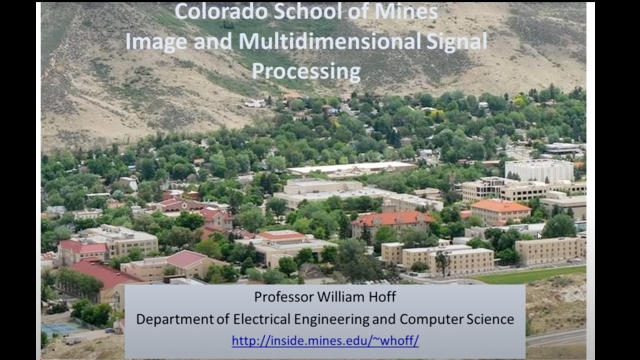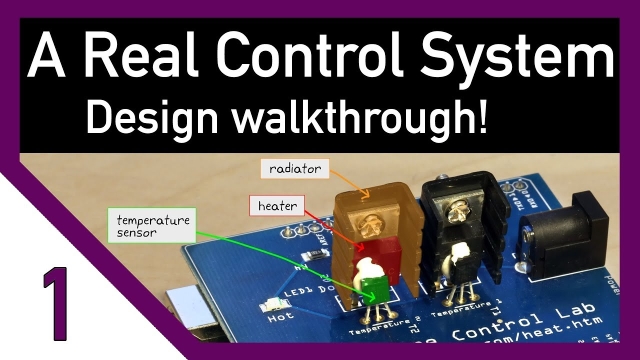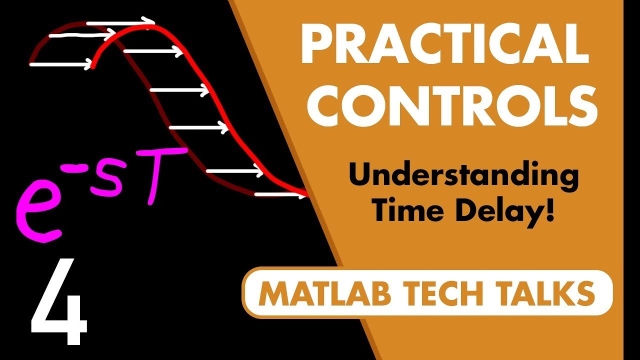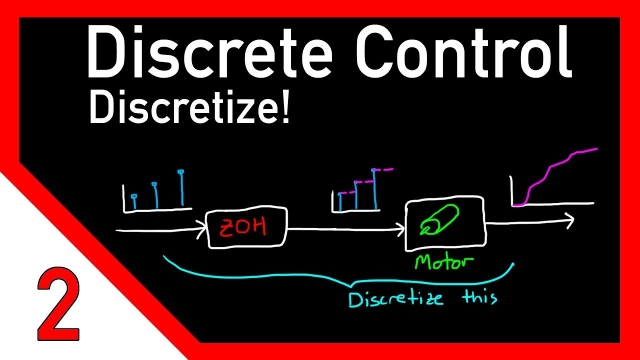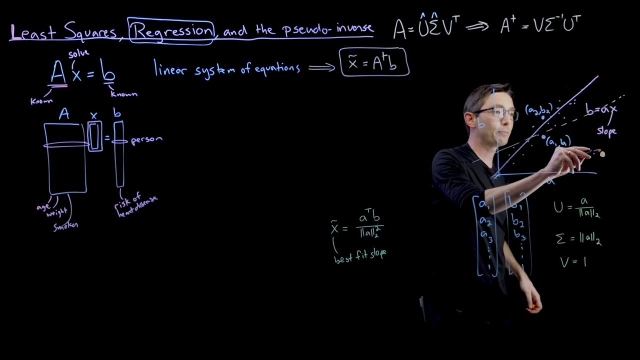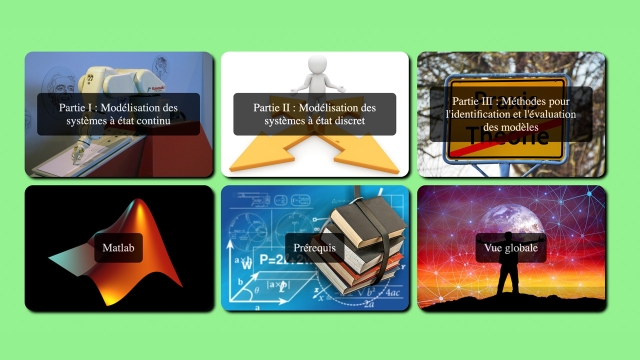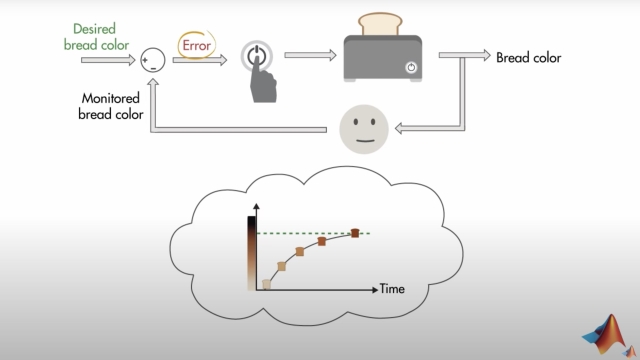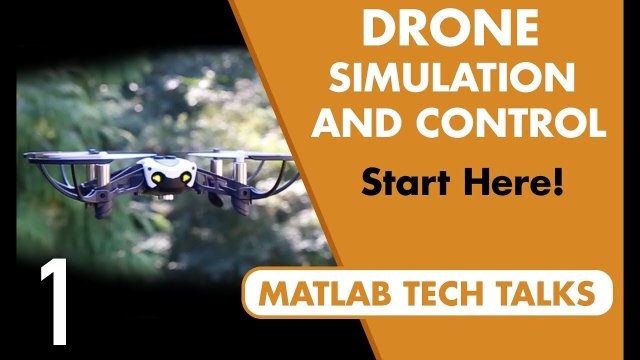
Understanding Control Systems: The Disturbance Rejection Problem
This video provides a demonstration using a car to show how you can simulate open- and closed-loop systems in Simulink®.
First, you will learn how to model and tune open-loop systems. The...
See MoreTrimming and Linearization, Part 2: The Practical Side of Linearization
With a general understanding of linearization, you might run into a few snags when trying to linearize realistic nonlinear models. These snags can be avoided if you have a more practical...
See MoreNyquist Stability Criterion, Part 2
An explanation of the Nyquist Stability Criterion part 2. This video steps through the how to sketch a Nyquist plot by hand, what to do if there are open loop pools on the imaginary axis...
See MoreWhy Choose Deep Learning? Deep Learning for Engineers, Part 1
This video introduces deep learning from the perspective of solving practical engineering problems. The goal is to provide an introduction to the range of practical engineering problems that...
See MoreMachine Learning & Text Processing Lectures
This is the video lecture collection by Victor Lavrenko.
See MoreExtremum Seeking Control in Matlab
This lecture explores extremum-seeking control (ESC) on a simple example in Matlab. In particular, a discrete-time (digital) version of ESC is coded in a Matlab script.
See MoreControl Bootcamp: Kalman Filter Example in Matlab
This lecture explores the Kalman Filter in Matlab on an inverted pendulum on a cart.
See MoreWhat's a Control System and Why Should I Care?
This paper is designed as a primer for college level STEM students about to take their first formal class in feedback control systems. This means that the explanations assume the reader has...
See MoreDiscrete control #3: Designing for the zero-order hold
This is the third video on discrete control and in this video, I want to clear up a confusion that I caused last time regarding using the ZOH method to discretize a continuous controller and...
See MoreUnderstanding Control Systems: Components of a Feedback Control System
This video introduces the components of a feedback control system and how they interact with each other.
Learn basic terminology by walking through examples that include driving a car...
See MoreTrimming and Linearization, Part 1: What is Linearization?
Why go through the trouble of linearizing a model? To paraphrase Richard Feynman, it’s because we know how to solve linear systems. With a linear model we can more easily design a controller...
See MoreWhat Is Extremum Seeking Control? | Learning-Based Control
Get an introduction to extremum seeking control—an adaptive control method for finding an optimal control input or set of system parameters without needing a model of your system, static...
See MoreNyquist Stability Criterion, Part 1
An explanation of the Nyquist Stability Criterion. This video steps through the importance of the criterion, how to interpret the Nyquist plot graphically, and why it is the way it is....
See MoreEGGN 510 - Lecture 02-1 Digital Image Fundamentals
This is a video lecture of EGGN 510 Image and Multidimensional Signal Processing by William Hoff.
See MoreUnderstanding the Z-Transform
This intuitive introduction shows the mathematics behind the Z-transform and compares it to its similar cousin, the discrete-time Fourier transform. Mathematically, the Z-transform is...
See MoreImproving the Beginner's PID - Introduction
In conjunction with the release of the new Arduino PID Library Brett has released this series of posts that explain his PID code. He start's with what he call's “The Beginner’s PID.” He...
See MoreA real control system - how to start designing
Let’s design a control system the way you might approach it in a real situation rather than an academic one. In this video, I step through a control problem and show how control theory is...
See MoreControl Systems in Practice, Part 4: Why Time Delay Matters
Time delays exist in two varieties: signal distorting delays, like phase lag, in which each frequency is delayed by a different amount of time, resulting in a distorted signal shape; and non...
See MoreDiscrete control #2: Discretize! Going from continuous to discrete domain
This is the second video in the discrete control series. It focuses on discretizing a continuous system - getting to the z-domain from the s-domain.
See MoreLinear Regression
Linear regression is a cornerstone of data-driven modeling; here we show how the SVD can be used for linear regression.
See MoreSystems modeling and representations (French)
Complete course on systems modeling. Includes examples, MATLAB code, and quizzes.
See MoreUnderstanding Control Systems: Feedback Control Systems
This video provides introductory examples to learn about the basics of feedback control (closed-loop control) systems.
Learn how feedback control is used to automate processes and discover...
See MoreHow Kalman Filters Work, Part 1
This article looks at four popular estimation filter architectures: particle filter, sigma point filter, extended Kalman filter, and the Kalman filter. It discusses how all four of these...
See MoreDrone Simulation and Control, Part 1: Setting Up the Control Problem
Quadcopters and other styles of drones are extremely popular, partly because they have sophisticated programmed control systems that allow them to be stable and fly autonomously with very...
See MoreWhat Is Fuzzy Logic | Fuzzy Logic Part 1
This video introduces fuzzy logic and explains how you can use it to design a fuzzy inference system (FIS), which is a powerful way to use human experience to design complex systems...
See More

